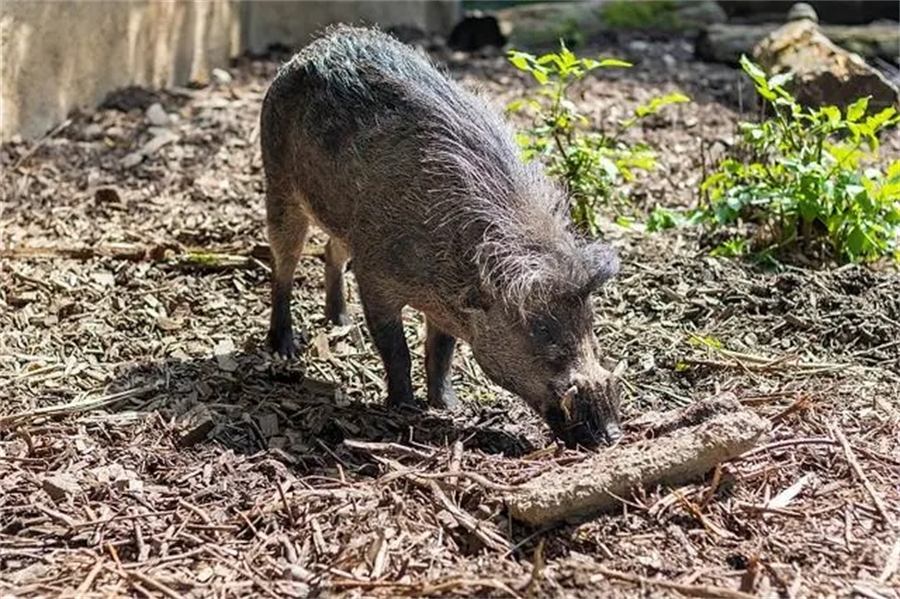Protection from straying animals increased

A wild boar [File photo/VCG]
Provincial forestry and grassland bureaus will delineate the boundaries of suitable habitats for wild animals to alleviate the harm caused by the rapid growth of wild animal populations, such as crop damage and human casualties.
More people have been injured by wild boars in recent years due to the rapid growth of the wild boar population in many areas.
Last week, the National Forestry and Grassland Administration and 15 other departments formulated a Plan for the Prevention and Control of Harm Caused by Land Wildlife such as Wild Boars, proposing improvements in infrastructure and the protection of ecosystems in wild animal habitats.
In December, a wild boar killed one person and injured three others in Qinglong village, in Jianli, Hubei province. Last autumn, there were also reports of wild boars causing injuries and crop damage in the provinces of Anhui and Jiangsu, and in Chongqing.
Chongqing issued regulations last year specifying that in cases of casualties or property losses caused by wild animals such as wild boars, individuals can apply for compensation from their local government.
The plan proposes that provincial forestry departments should actively promote the restoration of the original ecology of important wild animal habitats, improve the connectivity, integrity and carrying capacity of wild animal habitats, and reduce the risk of wild animals spreading from unsuitable habitats to contiguous crop planting areas and densely populated areas.
The plan also suggests that in areas where wild animals pose a frequent and serious threat to personal safety, appropriate isolation and protective facilities such as electric fences, barriers, ditches, vegetation belts and warning signs should be set up.
Technology such as thermal imaging systems and alarms should also be installed to promptly warn nearby residents when wild animals attempt to leave their natural habitats.
For nationally protected wild animals that have clearly spread beyond habitat boundaries, with populations significantly exceeding the environment's carrying capacity, the plan requires professional organizations to guide them back to their habitats or capture and relocate them for scientific research.
Shooting them is not allowed unless they directly endanger someone's safety, according to the plan.
For wild animals that may pose a threat to personal safety, including Asian elephants and Siberian tigers, emergency response plans should be formulated, and emergency response teams should conduct emergency drills.
























